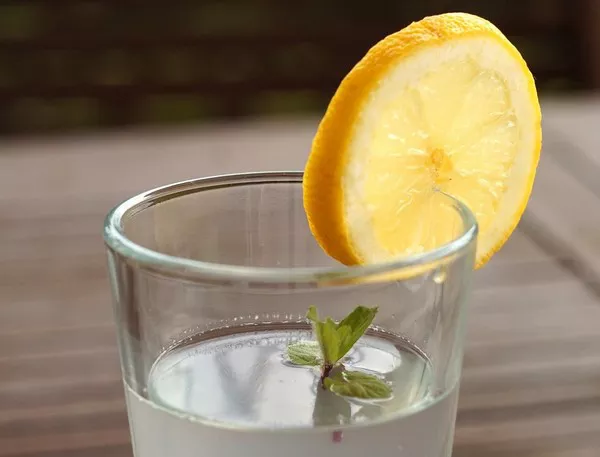High blood pressure, also known as hypertension, is a common health condition affecting millions of people worldwide. It is characterized by elevated blood pressure levels, which can increase the risk of heart disease, stroke, and other cardiovascular complications. While lifestyle modifications and medications are commonly recommended for managing high blood pressure, there is often curiosity surrounding alternative approaches such as warm water therapy. This article aims to explore the effects of warm water on high blood pressure, delving into the potential benefits and important considerations.
1. Understanding High Blood Pressure:
Before examining the impact of warm water on high blood pressure, it is crucial to have a basic understanding of this medical condition. High blood pressure occurs when the force of blood against the artery walls is consistently too high. Factors such as age, family history, obesity, smoking, stress, and sedentary lifestyle can contribute to the development of hypertension.
2. The Role of Warm Water on Blood Circulation:
Warm water has been recognized for its potential to improve blood circulation and promote vascular health. When the body is submerged in warm water, the blood vessels dilate, allowing for improved blood flow. This enhanced circulation can potentially help lower blood pressure levels and reduce strain on the heart.
3. Relaxation and Stress Reduction:
Stress is a significant contributor to high blood pressure. Warm water therapy, such as soaking in a warm bath or using hot tubs, has been shown to induce relaxation and alleviate stress. By reducing stress levels, warm water can indirectly have a positive impact on blood pressure management.
4. Heat Therapy and Vasodilation:
Heat therapy, including warm water immersion, triggers the process of vasodilation. Vasodilation refers to the widening of blood vessels, resulting in increased blood flow and decreased resistance. This natural response to heat can assist in lowering blood pressure.
5. Potential Precautions and Considerations:
While warm water therapy shows promise for managing high blood pressure, certain precautions should be considered:
Temperature Control: It is essential to ensure that the water temperature remains within a safe range to avoid burns or dehydration. Consulting with a healthcare professional can provide guidance on suitable water temperatures.
Individual Variability: Everyone’s body reacts differently to heat therapy. Some individuals may find relief from warm water, while others may not experience significant benefits or could even have adverse reactions. Personalized medical advice is recommended before incorporating warm water therapy into a hypertension management plan.
Medication Interactions: Warm water therapy should not replace prescribed medications for controlling high blood pressure. It is crucial to continue following medical advice and consult healthcare professionals regarding any potential interactions between warm water therapy and medication regimens.
6. Integrating Warm Water Therapy:
Incorporating warm water therapy into a comprehensive approach for managing high blood pressure can be beneficial. However, it should be seen as a complementary strategy alongside lifestyle modifications recommended by healthcare providers. Regular exercise, a balanced diet, stress reduction techniques, and adherence to prescribed medications remain fundamental pillars in blood pressure management.
Conclusion:
Warm water therapy has the potential to offer some benefits for individuals with high blood pressure. By promoting relaxation, improving blood circulation, and inducing vasodilation, warm water immersion could contribute positively to blood pressure management. Nonetheless, caution must be exercised, ensuring appropriate temperature control, considering individual variability, and consulting healthcare professionals for personalized advice. Incorporating warm water therapy as part of a holistic approach to hypertension management can enhance overall well-being and potentially complement conventional treatment strategies.
1052,1045,1039

